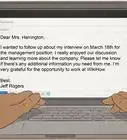This article was co-authored by Stephanie Wong Ken, MFA. Stephanie Wong Ken is a writer based in Canada. Stephanie's writing has appeared in Joyland, Catapult, Pithead Chapel, Cosmonaut's Avenue, and other publications. She holds an MFA in Fiction and Creative Writing from Portland State University.
This article has been viewed 1,128,420 times.
Notifying an applicant that he or she didn’t get the job is important, but it can be difficult to know what to say. When writing a rejection letter, it is important to keep it brief, considerate, and direct. The job candidate is going to be disappointed no matter what, but a well-written rejection letter can soften the blow and encourage the applicant to continue with his or her job search.
Steps
Sample Rejection Letters and Template
Writing a Basic Rejection Letter
-
1Use company letterhead. If you work for a large company, use your company’s letterhead. If you do not have a company letterhead, create your own letterhead by placing the company logo at the top of a Word document or including a header with the company's name on it.
-
2Plan to keep your letter short. Rejection letters should be short and polite. The entire letter should be no longer than one to two paragraphs. Remember that the candidate has probably been anxious to hear something, so the letter should be as short and straightforward as possible.[1]Advertisement
-
3Address the candidate by name in the salutation. The job candidate’s name should appear in the salutation. Double check to make sure that you have spelled the candidate's name correctly.[2]
- For example: “Dear Ms. Atkins”, or “Dear Mr. DeVos”.
-
4Thank the candidate. Be gracious and make sure to thank the candidate for applying for the position. Also, thank the candidate for taking the time to interview for the position and for wanting to join your company.
- For example, your opening lines could look like: “Thank you for your interest in the writing position at ABC, Inc. and for all the time you have put into the application and interview process.
-
5State your decision right away. Right after you thank the candidate, you will need to state your decision in a direct, simple way. Do not draw this out, just state your decision immediately after the first line.
- For example, you might simply say something like, “Unfortunately, we will not be moving forward with your application at this time.”
-
6Include something supportive. Make sure that you include something about the candidate's good qualities and/or qualifications. Let the candidate know that he or she was well-qualified, and that it was difficult to make a decision because of all of the high-quality applicants.
- For example, you might say, “Your experience and educational background are impressive, and it was difficult to decide due to the many impressive applications that we received.”
-
7Finish with a salutation and a signature. Wrap up the letter with a brief note of thanks, a courteous salutation, and a signature. Try to send the letter as soon as you have chosen another candidate, as many applicants will be waiting to hear back about the position and may be holding off on other applications while they wait.
- For example: “On behalf of ABC, Inc., I thank you for your time and interest in the position and I wish you the best in your future endeavors. Sincerely, Your Name.”
- You may also want to include a contact number or email if the applicant has any questions about your decision.
Including Optional Details
-
1Compliment the candidate. If you have a genuine compliment for the applicant, then you may want to include it in the rejection letter. This can help to encourage the applicant in his or her job search even more. Just make sure that the compliment is sincere.[3]
- For example, you might add something like, "You gave an amazing presentation!" Or you might say something like, "I was really impressed by your knowledge of the industry."
-
2Talk about the decision-making process. The candidate might be interested to know a bit more about the decision-making process. For example, if you received lots of applications, then you might mention that in the letter to help the person see how many people were competing for the job. If the candidate was one of your top choices, then you might mention that.
- For example, you might say something, “We received 56 applications for this position and everyone who applied for the position was well-qualified.” Or, “You were one of our top choices for the position.”
-
3Encourage the candidate to apply for other positions. If the candidate is someone who you may want to hire for a different position or in the future, then you may want to encourage the candidate to apply to another position with the company.
- Including this suggestion will also send a positive message to the applicant. This is important because you never know if the applicant may apply again in the future or end up working at the company in a different position.[4]
- You may also want to let the candidate know if your company policy is to keep the resume on file for a certain amount of time.[5] This can make it easier for the applicant to apply to other jobs with the company.
-
4Suggest areas for improvement. Sometimes it may be appropriate to suggest that the candidate seek additional training or certifications before reapplying. If the candidate did not get the position because he or she lacked a certification or needed more experience, then it may be helpful to mention this in your letter. This may help the candidate move forward with his or her job search.
- If appropriate, you can frame your suggestion as something like, “After you have gained some hands on experience in the field, we hope you will re-apply at ABC, Inc.”
Community Q&A
-
QuestionHow do I write a claim denial letter?
 Community AnswerWrite, "We have denied your claim for [said company]," then list the key points and reasons as to why you have denied their claim, and any additional information you deem relevant (if they can reapply, when they can reapply, etc.).
Community AnswerWrite, "We have denied your claim for [said company]," then list the key points and reasons as to why you have denied their claim, and any additional information you deem relevant (if they can reapply, when they can reapply, etc.). -
QuestionHow do I write a rejection for an appeal to a disciplinary decision?
 Community AnswerSimply write a letter where you state that the appeal was considered but rejected by X (whoever/whatever rejected it) and (optionally) state the reasons why said appeal was rejected.
Community AnswerSimply write a letter where you state that the appeal was considered but rejected by X (whoever/whatever rejected it) and (optionally) state the reasons why said appeal was rejected. -
QuestionHow do I write a rejection letter for a donation?
 Community AnswerIf you want to reject a donation, you can just write them a note to thank them for their donation and politely reject their offer. You can also include something positive about the organization, if you do not want it to be solely negative.
Community AnswerIf you want to reject a donation, you can just write them a note to thank them for their donation and politely reject their offer. You can also include something positive about the organization, if you do not want it to be solely negative.
References
- ↑ http://www.scribendi.com/advice/sample_candidate_rejection_letter.en.html
- ↑ http://www.scribendi.com/advice/sample_candidate_rejection_letter.en.html
- ↑ https://www.scribendi.com/advice/how_to_write_a_candidate_rejection_letter.en.html
- ↑ http://www.writeexpress.com/How-to-write-the-perfect-refusal-letter.html
- ↑ https://www.scribendi.com/advice/how_to_write_a_candidate_rejection_letter.en.html
About This Article
To write a rejection letter, start with a salutation like “Dear Ms. Atkins." Next, thank the candidate for applying for the position and going through the interview process. Then, state the decision in a direct, simple way immediately after the first line. You can also include a brief line letting the candidate know that they were well-qualified and that it was difficult to make a decision. Finally, wrap up the letter with a brief note of thanks, a courteous salutation, and a signature. For tips on including additional details for different situations, read on!
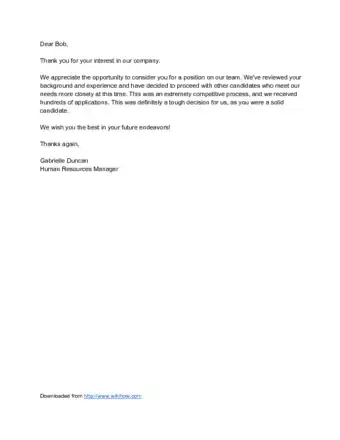
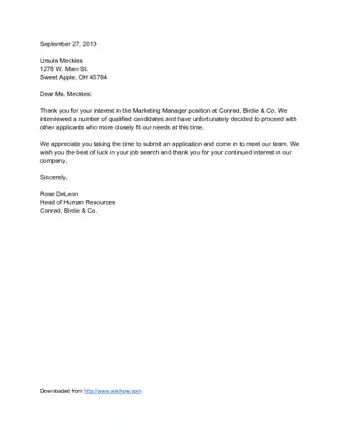

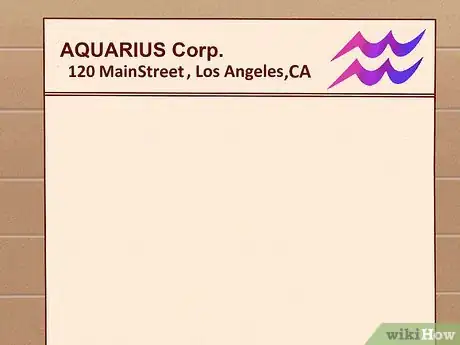
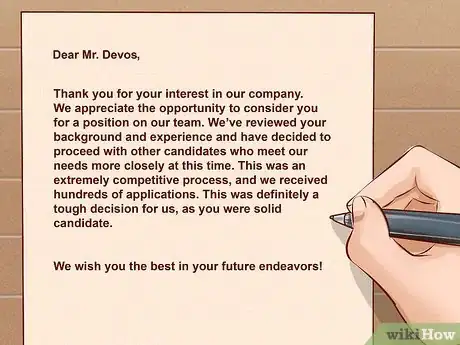
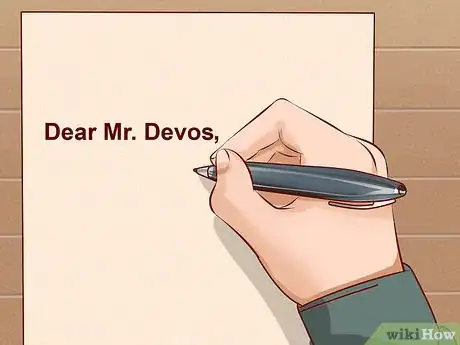
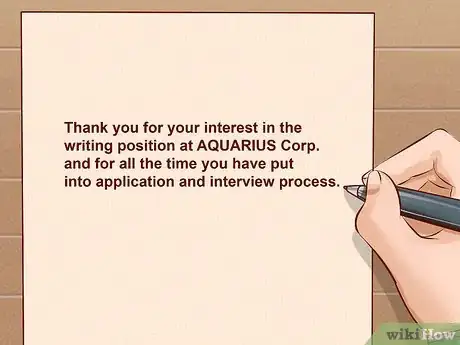
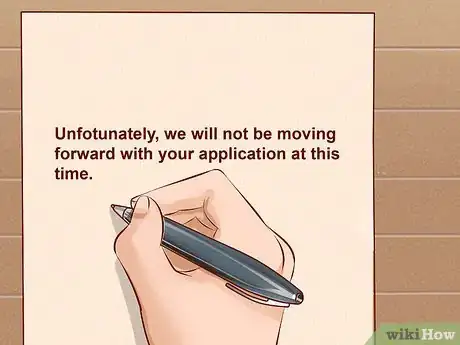
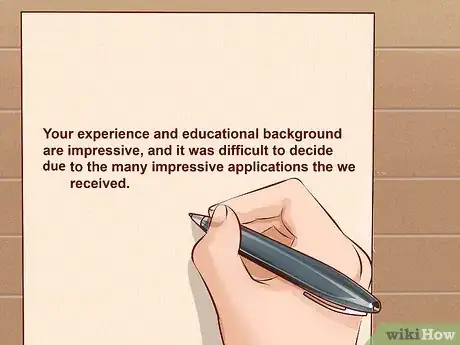
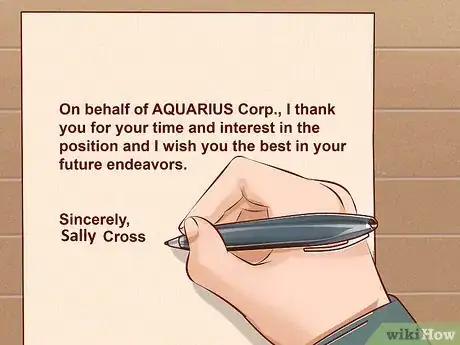
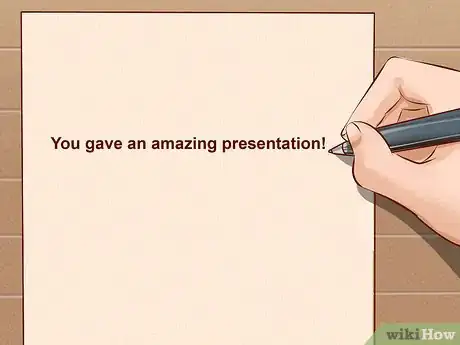
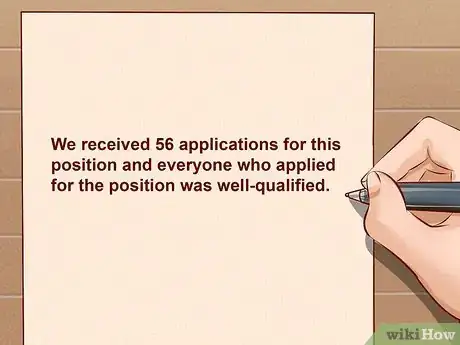
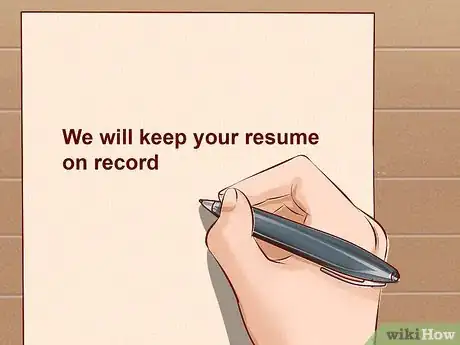
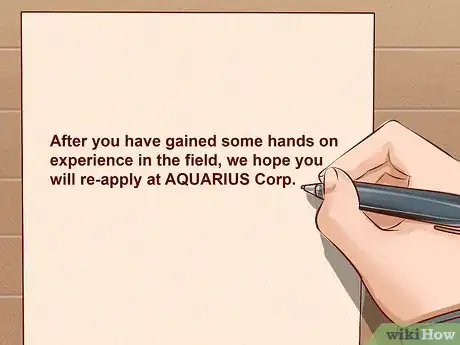


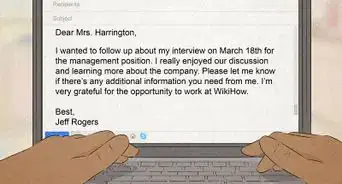




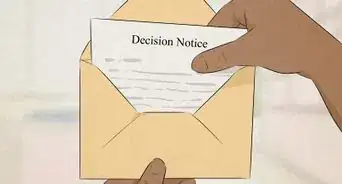

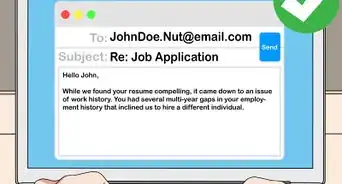



-Step-20-Version-2.webp)











